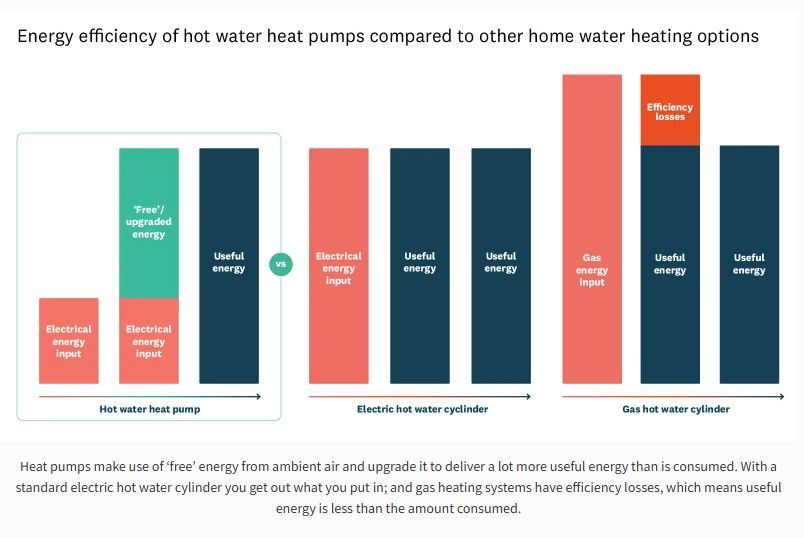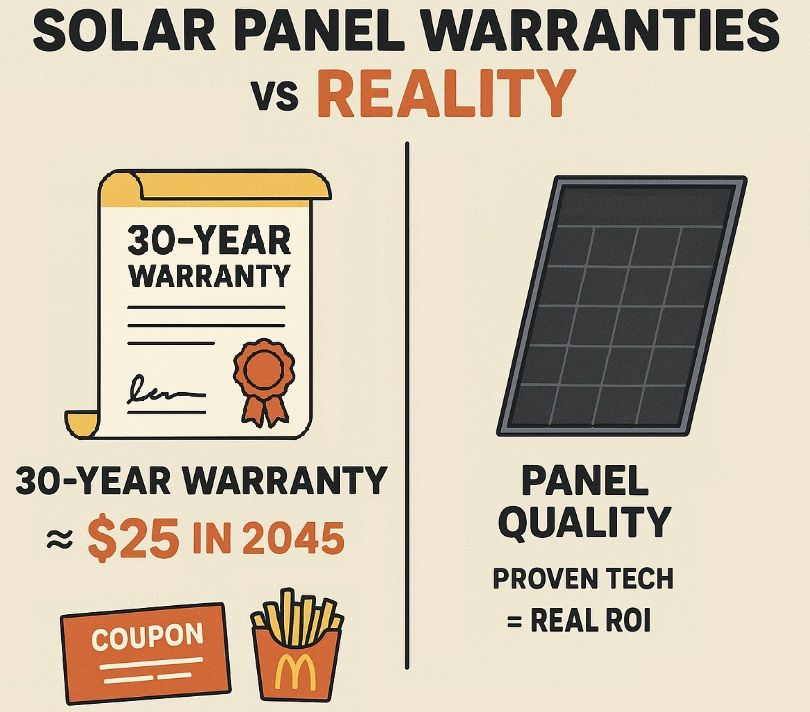Clearing the confusion—here’s what hybrid inverters actually offer in 2025.
Battery ready
All Hybrid inverters are mostly battery ready due to containing more complex hardware than non Hybrid inverters. That hardware typically includes charge controllers, extra inputs for battery modules and built in energy monitoring devices.
They're not all what they're cracked up to be
There are a few models of solar inverters that claim to be 'hybrid'; but contain less hardware than others, meaning that you'll need to invest further when you actually get the batteries. The extra bits are usually required to aid the isolation from the grid, or measure the homes usage and solar generation precisely to direct the battery when to charge and discharge.
Furthermore, one very popular Hybrid inverter has all the necessary hardware for batteries, but locks the functionality behind a paywall that must be paid to make the batteries work.
Do you have to get a Hybrid inverter if you want a battery?
No, you don't. In fact if you like the look of the new Tesla Powerwall, you wouldn't want to get a Hybrid inverter, as solar panels plug directly into the Powerwall!
If you plan on getting a Powerwall 3, the less money you spend on an inverter now, the better. Nobody likes throwing money away (or literally, throwing expensive inverters away)!
Is the Tesla a good battery?
Sure is. Arguments can be made that it's not the 'best' battery, and of course there's the stigma of Elon, which we appreciate may not be your thing.
But the new Powerwall... It does 10kWh of continuous output, has a beautiful app with AI driving a function that charges from the grid before a storm, is incredibly safe and petite, can survive a knee high flood even when ground mounted, and is priced very competitively!
Don't be tricked by inverter specs. Battery specs are just as important.
Many solar batteries have around 0.5 discharge rating, which means they can discharge roughly half of their capacity in an hour.
Some brands have a discharge rating closer to 1, which means they can discharge all of their capacity in an hour. This matters immensely in a power cut!
The last thing you want is to fork out for an 8kW inverter, with an 8kW battery than can only discharge 4kW in the hour.
Avoid bottlenecks by asking your solar company how quickly their battery can discharge.
And why 'Go Hybrid'?
If you're sure you want to add a battery in the next couple of years and don't want to go Tesla, it's worth paying a little more to get a Hybrid inverter and consider the other options for backing up your home.
There's a lot of great gear in the market with offerings from BYD, Sungrow, Sigenergy, SolaX, Enphase, Franklin, Pylontech, and the list goes on!!
You need a Hybrid inverter to allow select the great value modules when you're ready.
What benefits do Hybrid battery & inverter setups generally offer?
- Sigenergy offers DC to DC car charging! Forget turning that solar energy into AC and then back to DC and let the inverter put the energy straight into your car, ensuring maximum efficiency.
- Most hybrid inverter & battery setups are stackable. For example, BYD, Sungrow and Solax allow plug and play upgrades between 5kW and 30kW; with minor variations between each brand.
- They tend to have notable peak power output up to 100% more than their rated output. For example, an 8kW Sungrow Hybrid can do 13kW output for 10 seconds, which is enough to support the start of many demanding appliances such as water pumps and ducted aircon units.
^^^Note - these inverters can only deliver energy that is available. When the sun isn't shining, the output ability of the battery is just as important to consider.
The dark side of going Hybrid
Not all solar companies sell every kind of battery. That's a problem because not all batteries are compatible with every Hybrid inverter. It's a technical conundrum defined by different battery voltages and some brands aligning with some inverter brands. Every couple of years one model exits, another enters. And with that, a swath of people who went Hybrid lose the potential upgrade that was initially offered. Due to incompatibility, there's countless people out there who bought a Hybrid inverter but were let down at the time they wanted to add a battery because their solar company no longer stocks the unit they require.
The other side
Lets say you go Hybrid and in 4 years you're lucky enough to find a battery that's compatible with your hybrid inverter.
The question is will it -
😒 Be as good as the latest tech?
😘 Come competitively priced, like the newest batteries on the market?
🤷♂️ Be fresh off factory lines, or have been sitting dormant a couple of years?
😜Come with a decent warranty you can actually trust?
👌Look as smexy as your neighbours space-station-inverter?
Our Recommendation:
If you want a battery, get one now.



